There is nothing quite like stepping into tropical weather, low 30s and 90% humidity, whilst surviving the last few weeks of winter in Toronto. That’s one of the reasons I chose a local butterfly conservatory as the location to test the auto focus capabilities of the new E-M1X body.
In order to really challenge the E-M1X, I was specifically after mid flight butterfly images with a decent image scale such that body parts like the head/thorax/abdomen could be discerned. If this sounds simple, I assure you it is not. Unlike birds, butterflies do not always fly in a straight line making physical tracking difficult. And unlike birds flying against a featureless blue sky, butterflies in a conservatory fly in and out of foliage which can confuse the camera’s AF system.
I started with the Zuiko 300mm f/4 PRO but realized the focal length was too strong and the FOV too narrow to accurately aim and track flying butterflies. The 40-150 f/2.8 PRO at 150mm was more realistic and a faster lens which helped in some of the darker areas of the conservatory. I came to realize that I was the weak link in the system since I could never react fast enough to center the object and trigger S-AF whenever I saw a flying blob cross the viewfinder.

After three hours of trying I did get lucky by having a butterfly fly into the focal plane while shooting, but that is a poor way to accomplish anything.
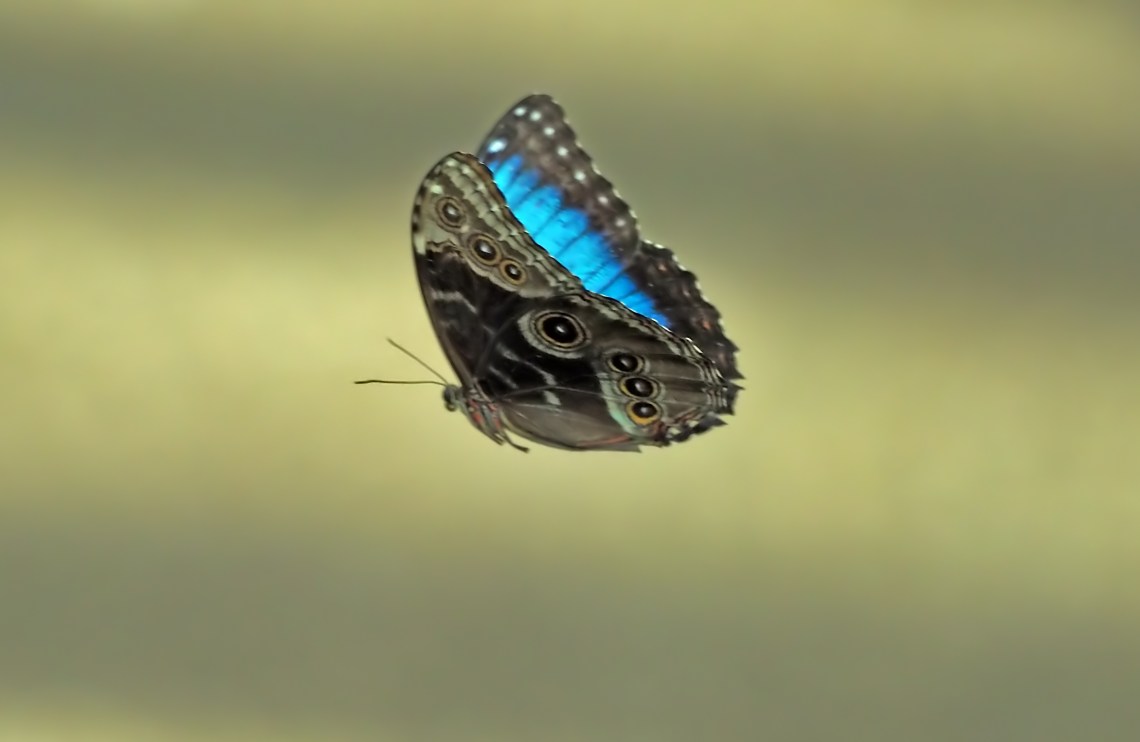
The Olympus C-AF+TR was completely unable to track butterflies, I suspect because butterflies change shape so drastically while flying and as such confuse the tracking algorithms. Even if the C-AF+TR could achieve a focus lock on a perched butterfly the lock would fail as soon as it returned to the air. It would be nice if Olympus allowed its user base access to developer tools to create custom tracking subject modes like the three currently available (cars/planes/trains). Then the camera would be intelligent enough to lock onto any fluttering body in the view finder and keep a constant and tracking AF lock. We will just have to hope for firmware updates.
I rethought my approach and returned the next day for a brief 1/2 hour session during a lull in my work schedule. To eliminate the weak human link I operated the E-M1X under C-AF (+2 sensitivity) with a central square pattern of 9 AF points and Pro Capture Low (which allows AF refresh during the 10 fps capture rate) and pre shutter frames set to the maximum 35. This way, the camera would refocus instantaneously to anything crossing the center of the field and as soon as I could see a butterfly in focus I would fully depress the shutter release and not lose any frames because of the Pro Capture mode. It worked in practice nearly as well as it did in theory.

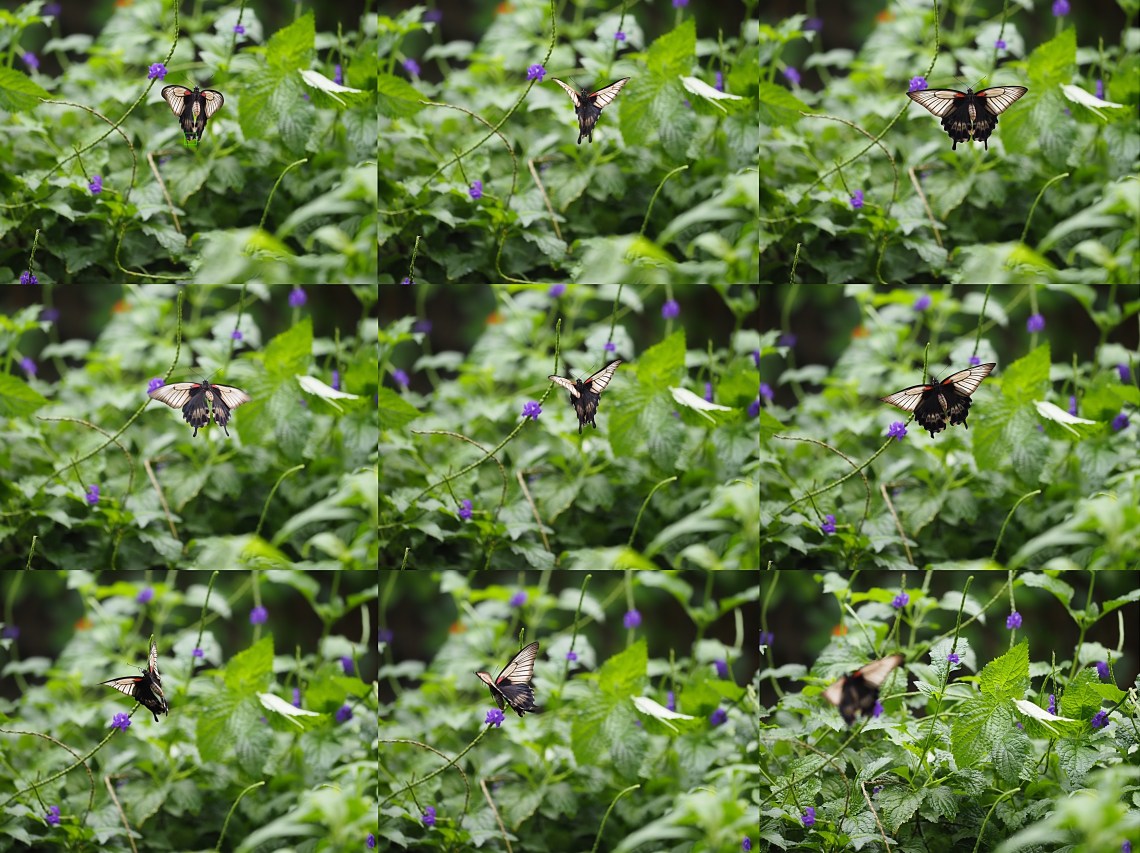

The following three images are composite images of the same butterfly. I was successful at tracking them for a brief period of time. Partly because these species tend to fly slower (the Blue Morpho is fleet!) and in the case of the Rice Paper butterfly it was constrained by the ceiling so it’s flight path was more linear.
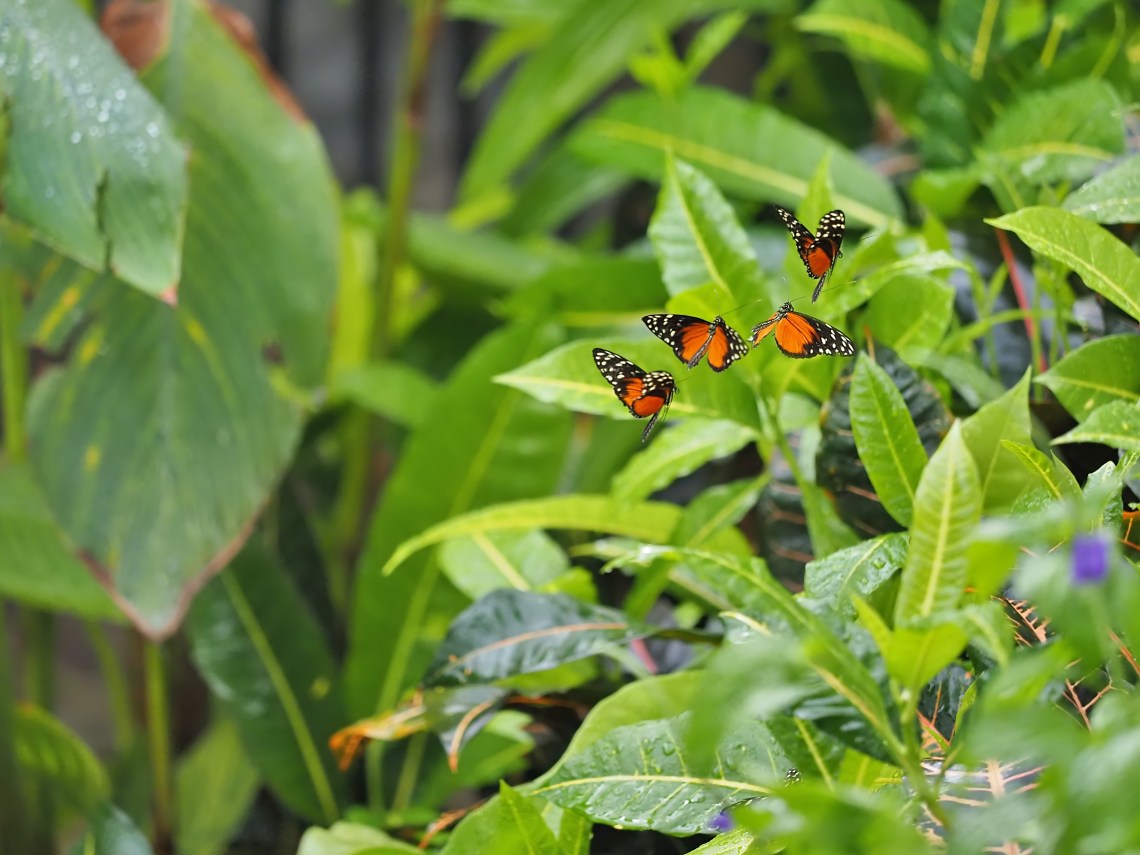


I have to return next week with the E-M1.2 and see if there is any significant difference in the AF system. Of course I’m hoping the E-M1X has a faster system.
So I was back at the conservatory the following week after asking my receptionist to book me an extra long lunch, she gave me two hours. I had however forgotten that this week was March break for all the school kids and the venue was extremely crowded. It shouldn’t make a difference … but it does. Stressful and distracting situations can have an impact on successful photography. I still managed to accomplish what I wanted but it took a lot more time than I had anticipated.
I had two other ideas to try before going back to the E-M1.2 and comparing its AF performance to the new E-M1X. The first was setting the AF Limiter to a distance range of between 0.5 m to 3 m and then activating all 121 AF squares in the E-M1X under C-AF and Capture Pro Low. My thinking was that any butterfly that flew between myself and 3 m away would snap into focus and thereby ignore all the distracting background targets like people and foliage. I think it kinda worked.
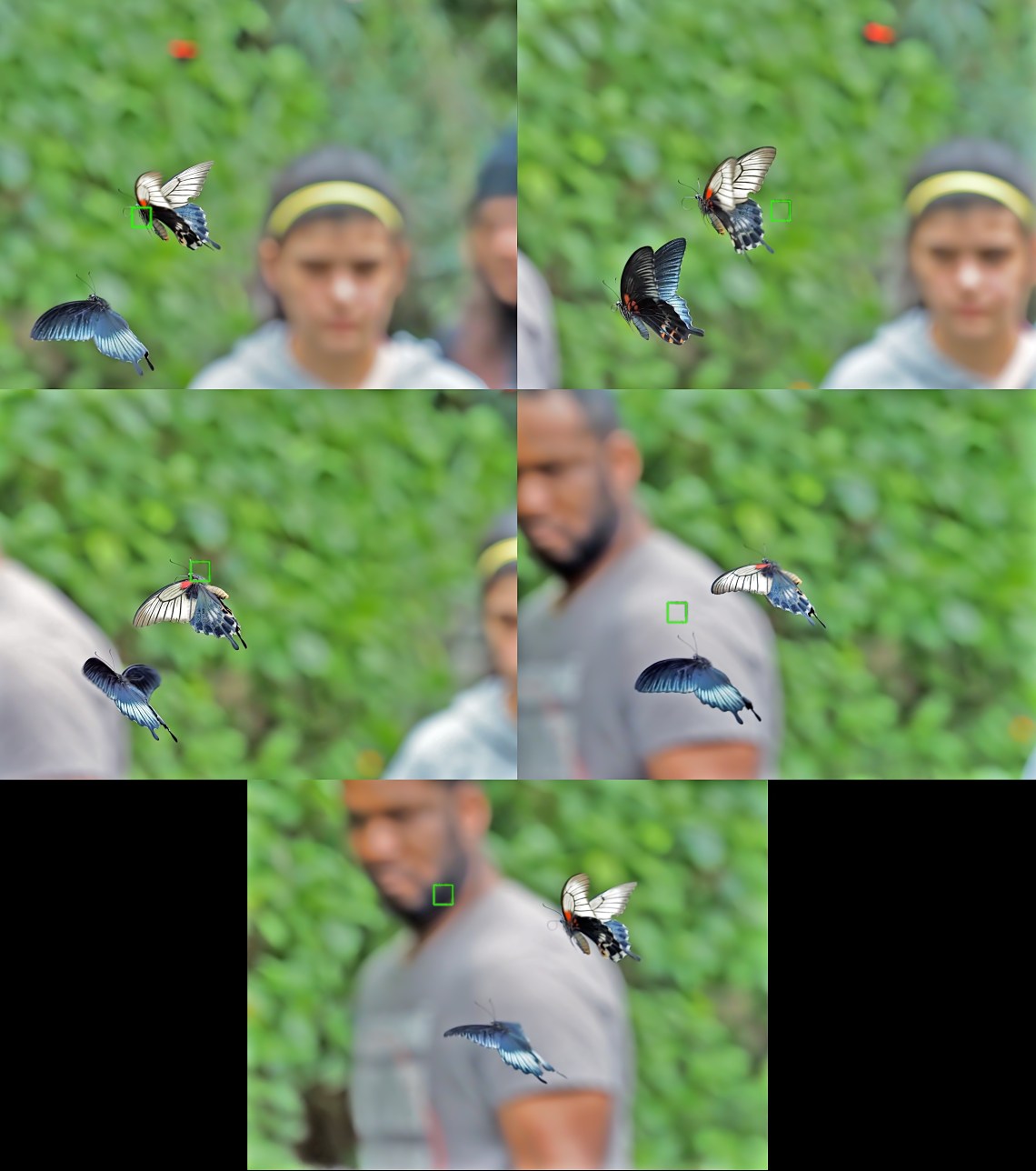
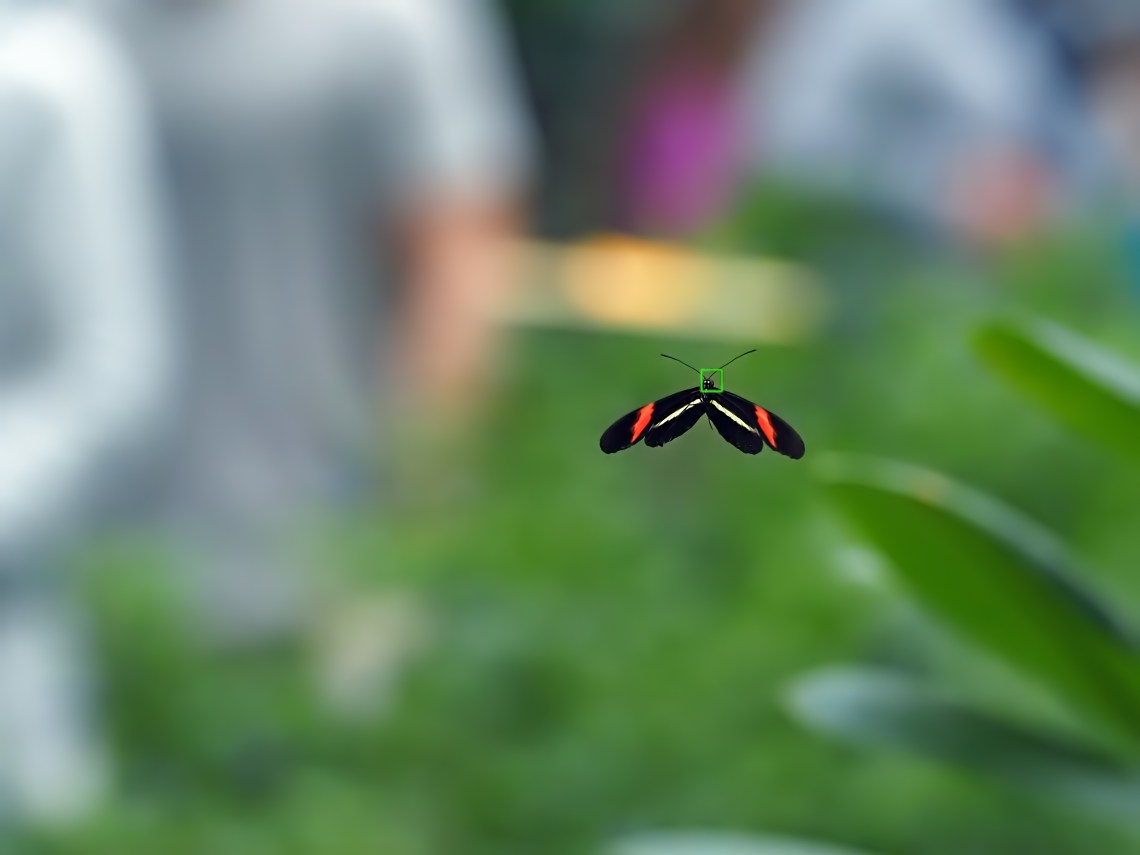
I tried using the built in “airplanes” tracking mode in C-AF+TR but that didn’t seem to be able to lock onto and track any flying butterflies.
The most reliable method continued to be the previous method from last week.
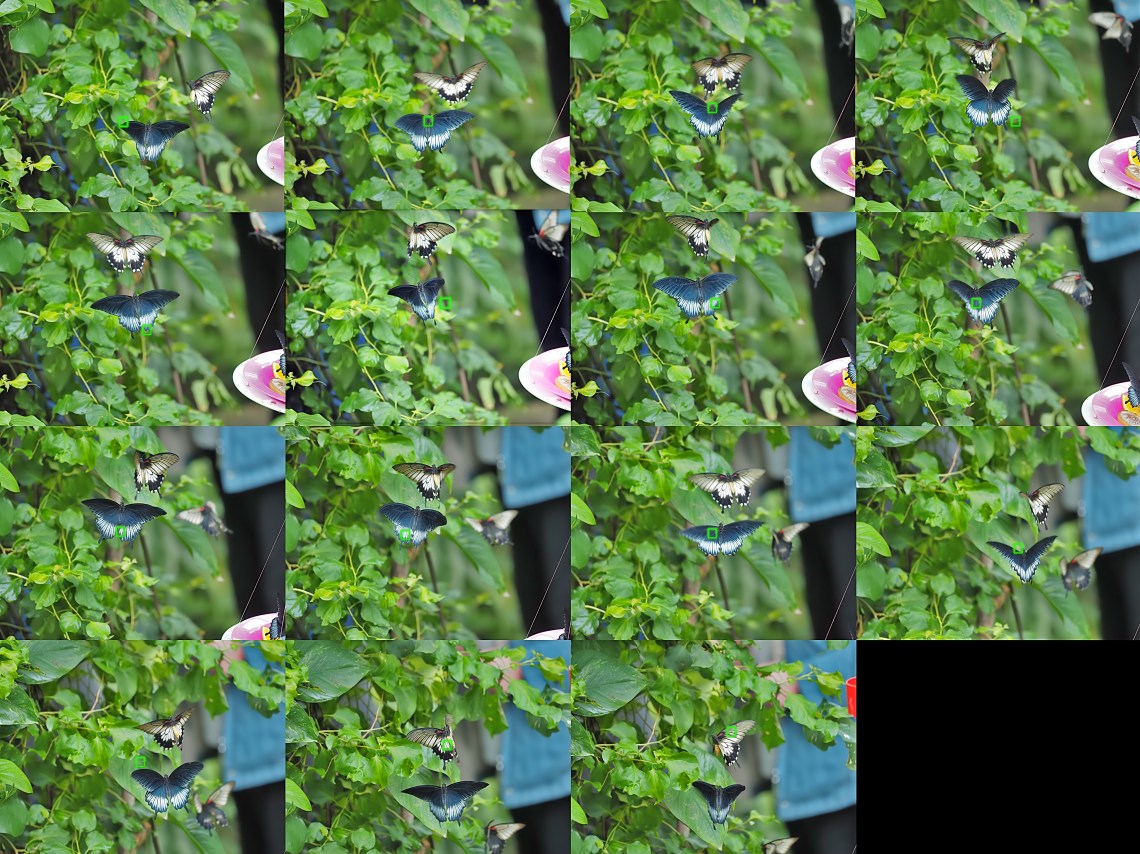
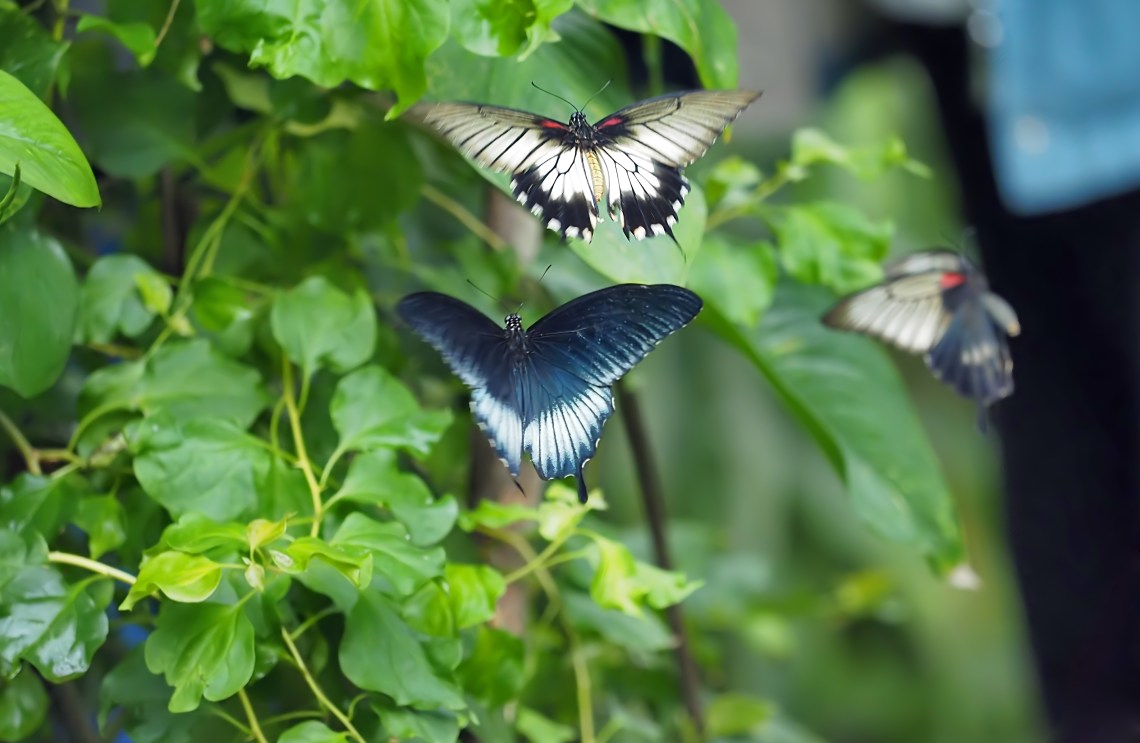
Switching back to the E-M1.2 I tried to duplicate all the conditions by shooting from the same area of the conservatory but of course the pattern of butterfly flight could never be the same. I immediately observed that the C-AF was not as quick or responsive and I really never saw any sharp images of butterflies appearing in the VF.

In the above example, the subject was no longer flying but static, and still the C-AF was not able to cope reliably. I think it’s safe to say that the new E-M1X has a much better C-AF system than the E-M1.2 and I likely would have gotten zero midflight butterfly images if I had not acquired the E-M1X. If this is your first time here, there are many other topics to peruse by hitting the HOME button in the upper right hand corner.
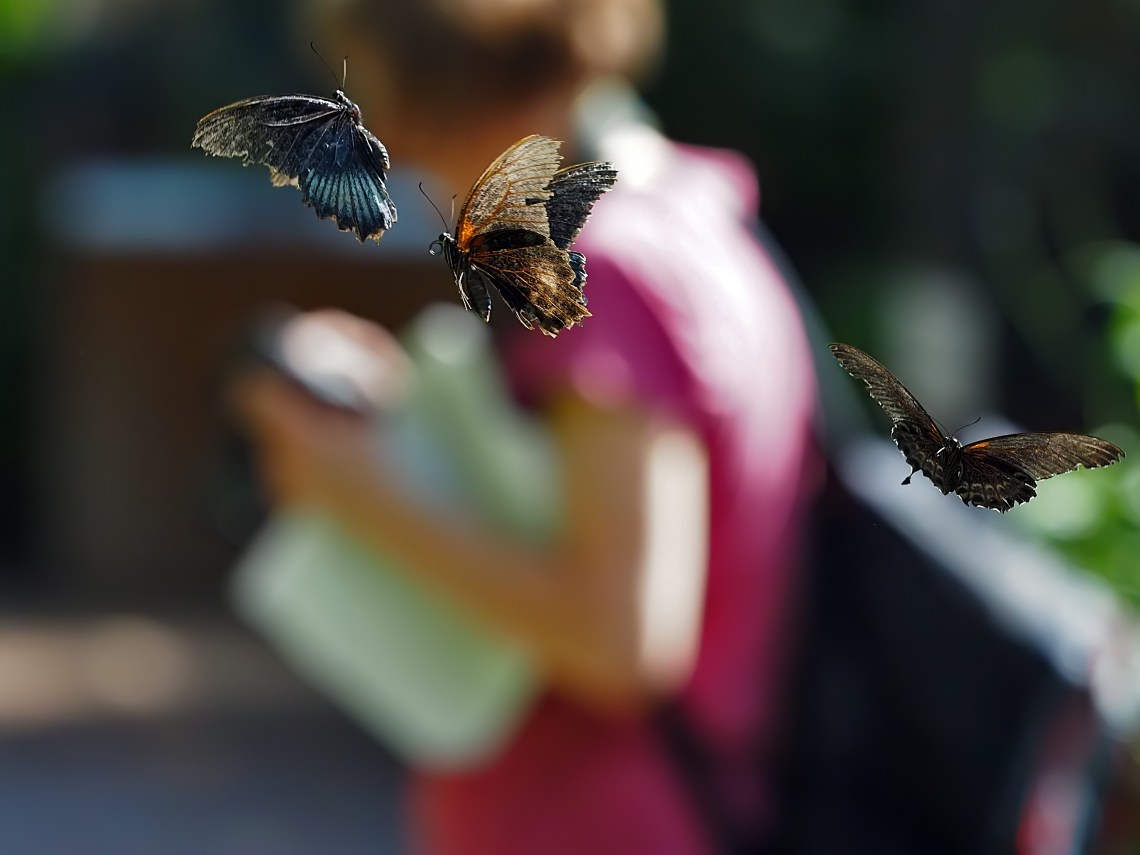
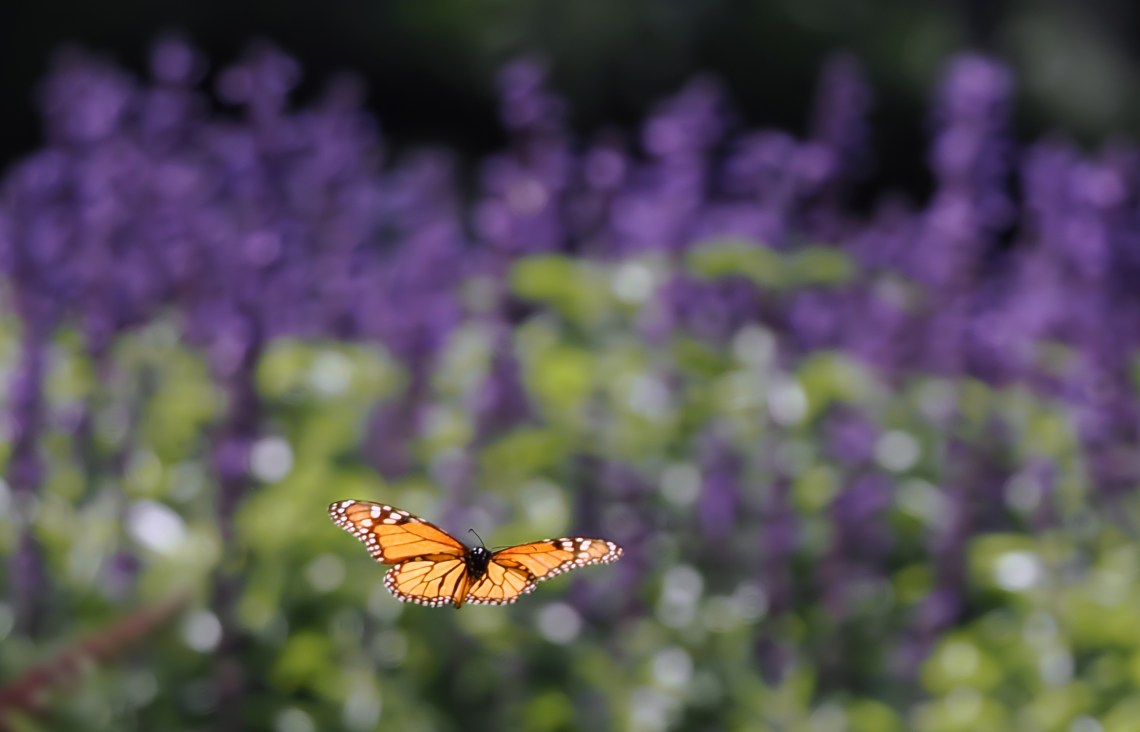


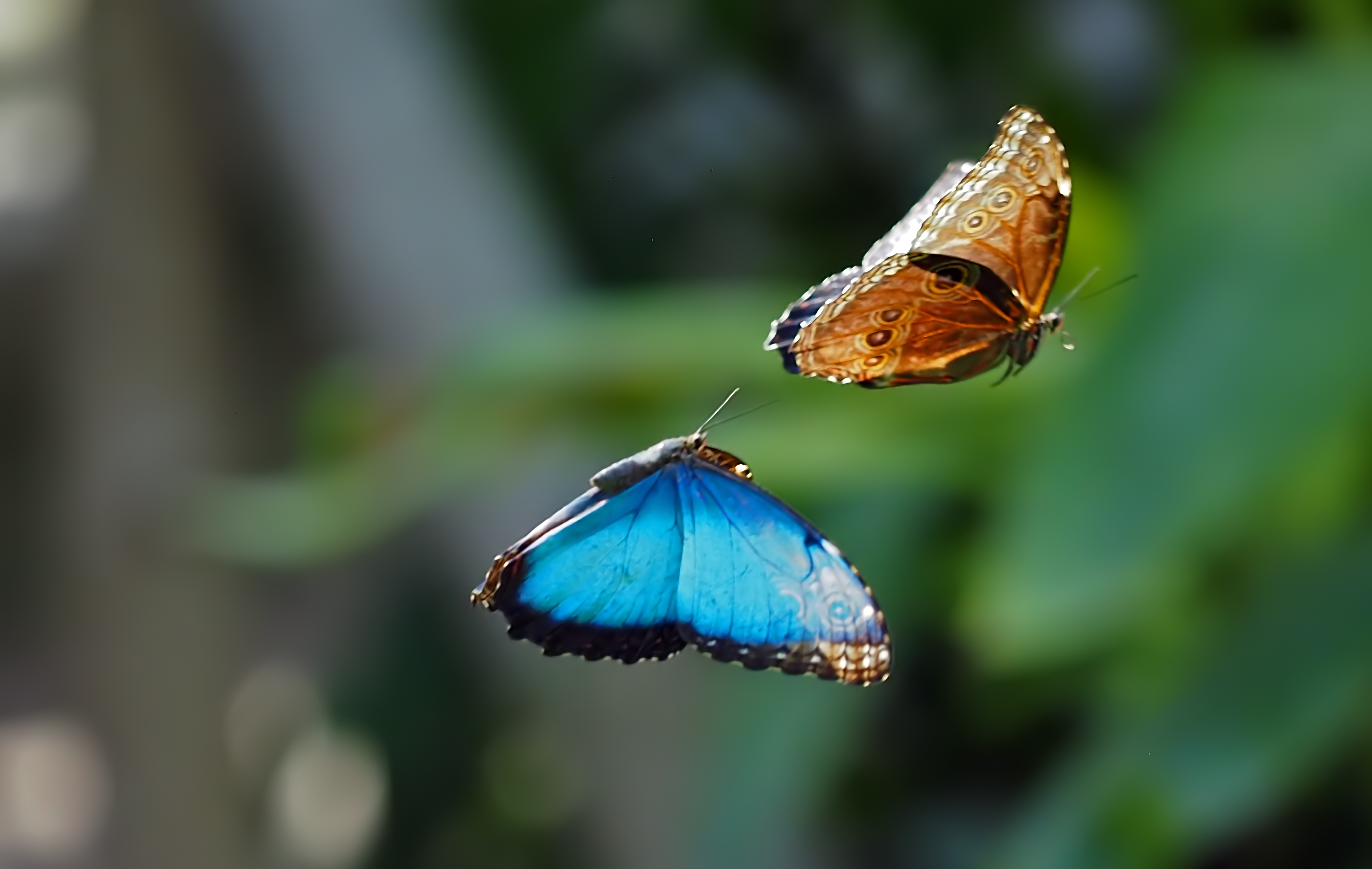
Hi Jim, terrific piece of useful research, and some great snaps, many thanks! Have moved from the M1 Mk.II to the M1X myself, the M1X does seem much snappier.
LikeLike
Agreed, really useful bit of research thanks,
LikeLike
The pictures that worked out are truly amazing. Well worth the effort.
LikeLike
Thanks for this write up of your experiences with the E-M1X, and for sharing the excellent photos that you got. I particularly enjoyed the shots where you combined a sequence of images into one frame.
LikeLike